Maleeka, Sean, Chey, Sierra
Experiential Learning Where the Land Meets the Sea
Today started early with a quick breakfast and pink sunrise at 5am, before heading down to a beachside marina in downtown Ubatuba. The swell was big in Ubatuba harbor, but our guides managed to shuttle all of us out to large anchored catamaran that was to be our travelling field station for the day. On our sail out of Ubatuba harbor, our guides talked about the infra-, meso-, and supralittoral zones (the zoning above, transitioning in, and below the water in intertidal zones respectively) in reference to the shores we cruised past. We observed mussel farms and learned about the threats of human-caused contaminants like petrol and risks of red tide in the area (due to high productivity). Our guides described the protective effects of the continental shelf reaching 200 miles off the Brazilian coast that buffers any big weather episodes, such as typhoons. As the trip went on, a brown booby (Sula leugastor) flew directly over our boat and our guide described its particularly adept diving abilities. Magnificent frigatebirds (Fregata magnificens) circled over the harbor, looking for other seabirds from which to steal their catch. Flying fish skipped in near sight.
We spent much of the afternoon at Îsle des Couves (“Collard Green Island”), the beaches of which previously were open to the public but were restricted due to misuse by tourists and multitudinous visitors. The diminished human impact since then, (and since previous centuries of local habitation), have benefited the ecological and community composition of the locality. However, bottom trawlers, such as one we passed, continue to wreak havoc on the ocean floor and threaten the diversity of this archipelago, and are additionally a big source of mortality for sea turtles.
We anchored the catamaran, and while some of our guides prepared a magnificent spread of grilled soy meat, fresh octopus, and fresh fish (gotten from a nearby fishing boat), we explored the rocky bottom between the islands. The shelter from the open ocean gave rise to a magnificent diversity of corals, fish (such as mackerel and sergeant major), and urchins that we observed near the shore with scuba gear and a paddle board. Some of our group were even graced with the sight of a young sea turtle and stingray!
The second island we visited by was Îsle de Prumirin, where we quickly swam a lap between the catamaran and the sand. On the return to Ubatuba harbor, our guides and Rute broke out into song, Demonios da Garoa, a popular traditional Saõ Paulo song playing over the ships radio. It was delightful to see them come together over this cultural touchstone and provide us with a little sample of Brazilian music in the process. A royal tern (Thalasseus maximus) dove and resurfaced periodically in the distance. A little sunburnt and a lot more knowledgable, we returned to Núcleo Santa Virginia where the station cooks prepared soup and pumpkin dessert flavoured with clove.
- Emma with binos at the railing
- Coastline
- Allen saluting his adoring fans.
- Figure Island (not is real name but close to the Portuguese)
- Class photo near end of voyage
- Snorkeling
- Heather and Meghan about to go exploring with Chico
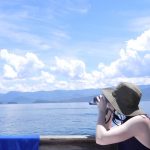
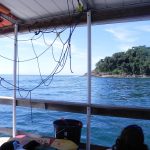
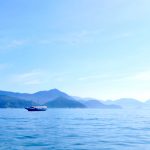
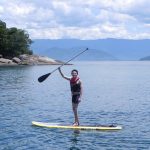
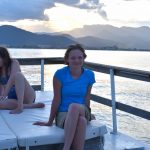
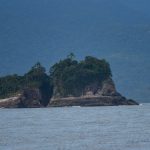
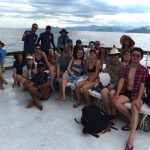
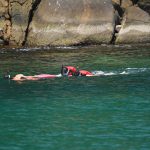
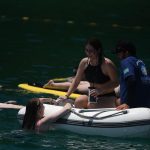
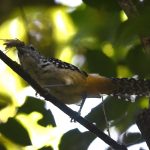
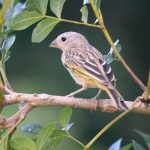
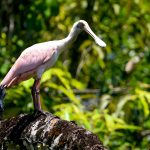
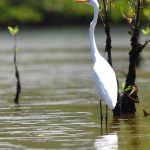
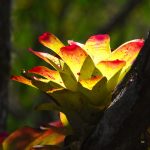
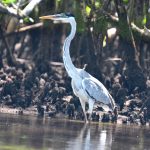
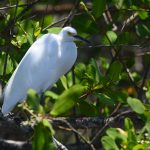
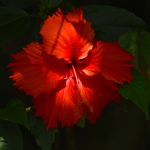
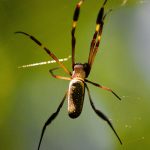
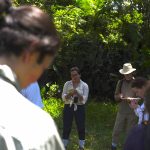
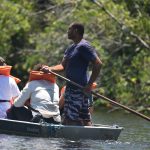
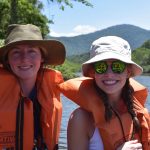
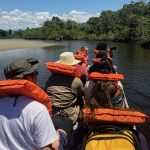
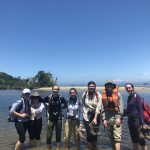
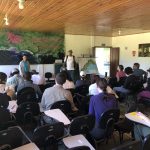
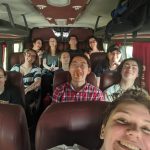
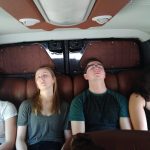
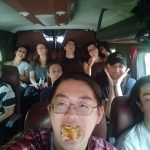
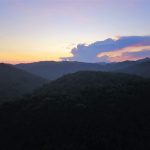
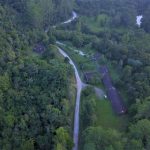
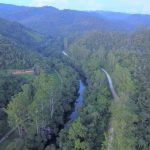
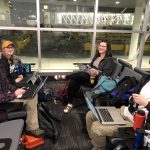
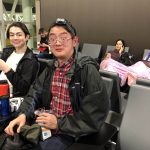
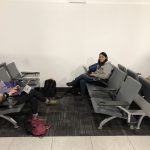
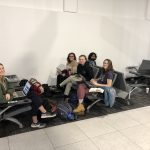
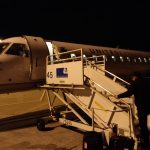
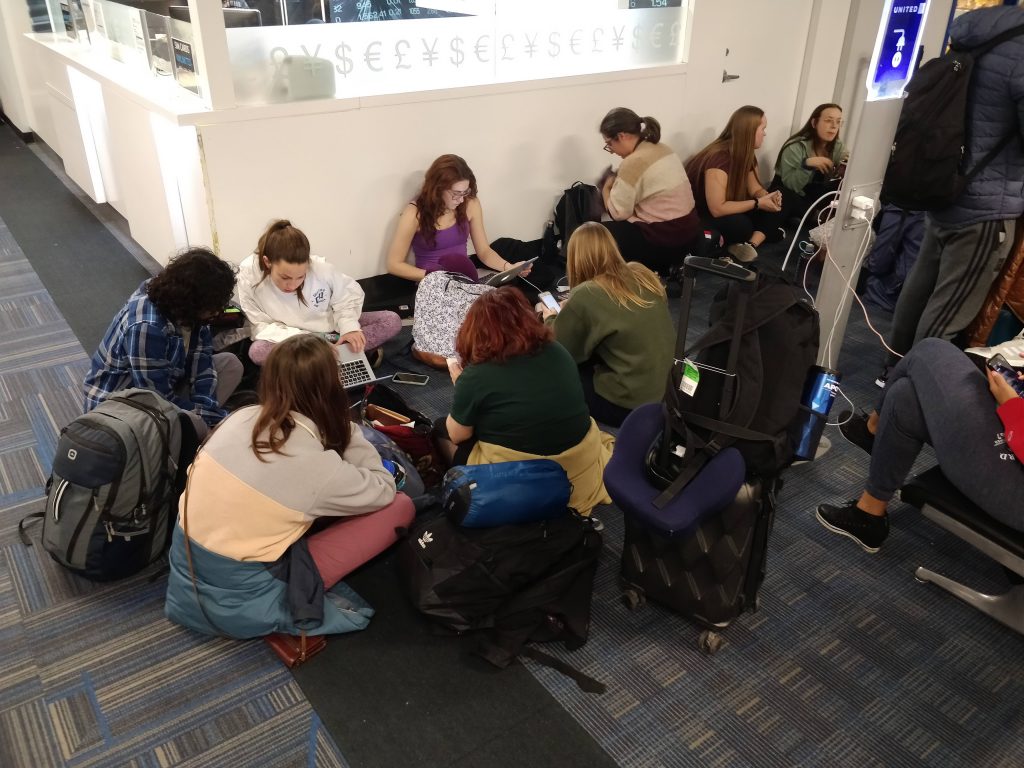
Recent Comments